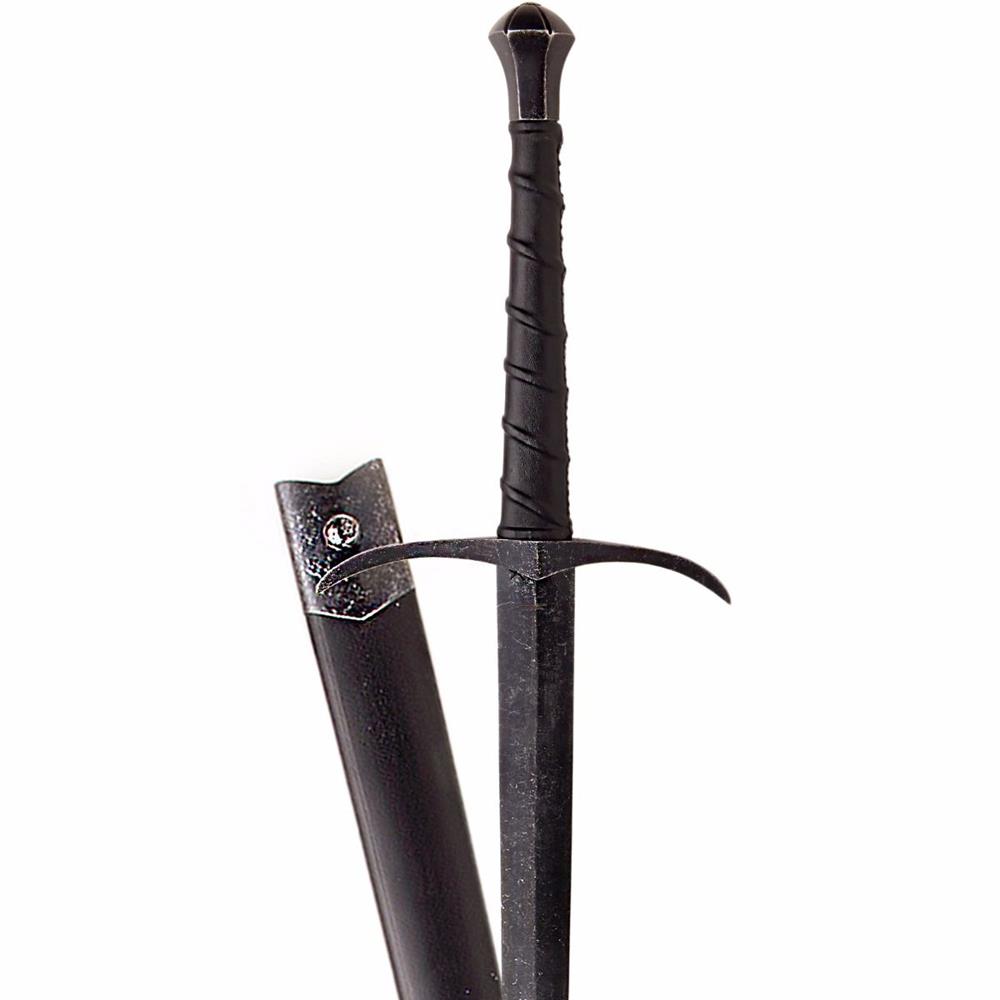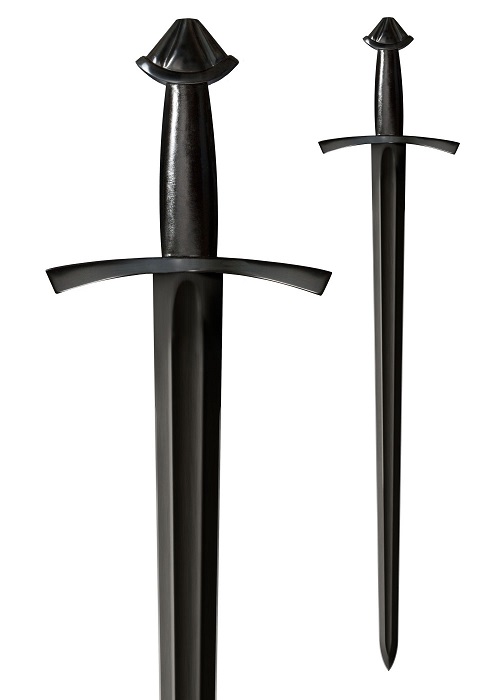Clements #20 Studying the Long Sword of War
Posted by MRL on Jan 3rd 2018
Studying the Long Sword of War at my private school of arms, the longsword is the foundational introductory weapon of my curricula in the Art and Science of Defence. At present, I have a particular novice student who is challenging to teach. It's a challenge for me not because of any lack of aptitude or effort on the part of the student, but because every student needs to be taught a little differently. This might mean taking a certain approach to a lesson, following certain material in a particular session, or typically, presenting drills and exercises in a different sequence.

Now, sometimes, I have a student that's just difficult because they don't have a lot of aptitude -meaning, they flinch too much, or they have poor fitness, or they lack spatial awareness and therefore have poor balance. This means that they don't absorb the core principles easily and their form will need a lot of work before they can progress in techniques. This is why a good instructor must to some degree adapt the craft to meet the needs and ability of each student. In this particular case though, the challenge I face with my student is partially because of the disparity in our physical builds -which means I must adjust instructions and continually point out exceptions occurring because of our height and weight difference.
On top of this, the student's reflexes and coordination need improving. I have several proven activities that specifically help in acquiring the critical factors of sensing leverage and pressure as well as increasing speed and strength. But I don't really have lessons that directly teach how to improve innate reflexes or spatial awareness. In my experience, those things come about organically and holistically from the totality of everything we study. In studying martial arts I have always been a big advocate of doing nothing that is artificial or unnatural and instead only doing drills and exercises that directly relate to the established principles and ore elements of fighting. Even then, it has to be a drill and exercise that I am convinced has proven value because I've witnessed how it accelerates learning and experienced the long-term benefit it provides. All of this is one of the reasons why I enjoy using the long double-handed sword of war as the primary weapon that I teach with and personally practice. In my opinion, no other weapon provides as many aspects of the art as readily and quickly.

The longsword lets you practice everything in terms of: striking, thrusting, warding, covering, binding and winding, plus learning the central elements of timing, distance, and leverage, as well as perform single and two hand actions along with halfswording and applying unarmed techniques. Everything connects easily and melds beautifully.
From this foundation I can jump effortlessly into explaining the dagger or pole-arms, teaching any single-hand sword (with buckler, shield, or dagger) and certainly move right into basic grappling and wrestling. All of this then flows right into teaching the rapier. With the longsword, we can also address armored or mounted combat with only a few additions to the material. It's versatility in size, length, shape, and hilt mean it's immensely adaptable. One need only explain the contextual and situational conditions to understand the distinction among the weapon's many variations. For battlefield, judicial combat, tournament, or duel, the long double-handed blade is one of the most distinctive personal arms in the history of weapons. Indeed, one of the very first things I'll tell anyone I take on as a student is, "get yourself a longsword." The diversity of its different styles developed over the centuries is remarkable and the nuances of how each handles and performs is a delight to explore. There are few historical weapons as rewarding to practice and satisfying to learn.
Trust me, I know. I train with them all. No matter your build or conditioning, no matter your experience level or your area of historical interest, there is a longsword for everyone.


